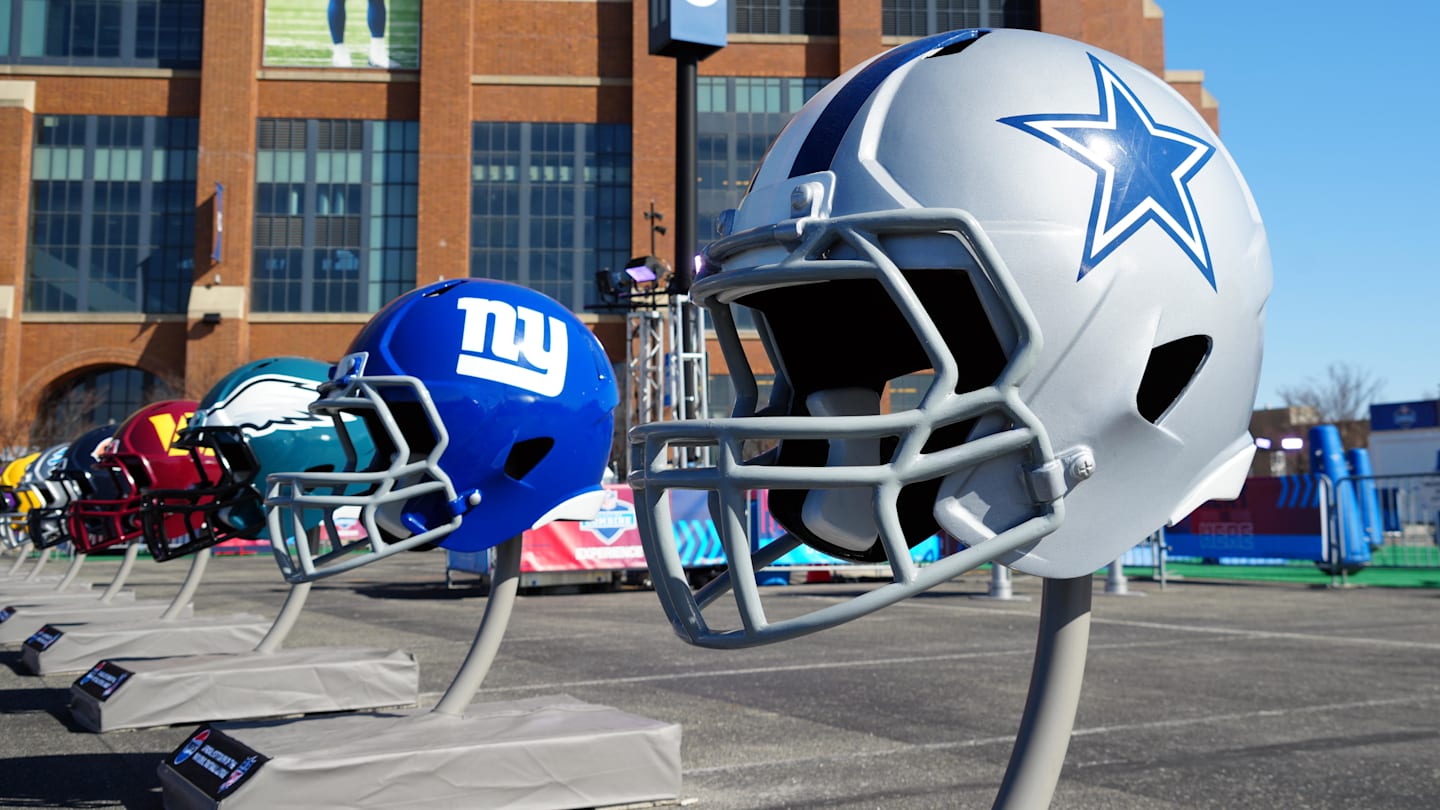Health
AI heart scan aims to catch blockages years before symptoms: ‘Unbelievable breakthrough’

Nearly half of all heart attacks are “silent,” which means the person experiences no symptoms at all before the cardiac event, studies have shown.
Now a medical technology company aims to catch those pre-symptomatic heart conditions using the power of artificial intelligence.
Fountain Life, a health technology company, offers an AI coronary artery scan that purports to detect heart attack risk three, five or even 10 years before symptoms begin.
The simple outpatient procedure takes less than an hour, said Bill Kapp, CEO of Fountain Life in Florida, who is also an orthopedic surgeon with a background in molecular immunology and genetics.
AI IDENTIFIED THESE 5 TYPES OF HEART FAILURE IN NEW STUDY: ‘INTERESTING TO DIFFERENTIATE’
After injecting simple dye into the vein, the provider does a quick CAT scan of the heart.
“You will then know your complete artery health, including how much plaque you have,” Kapp said in an interview with Fox News Digital.
A health technology company called Fountain Life offers an AI coronary artery scan that purports to detect heart attack risk three, five or even 10 years before symptoms begin. (iStock)
It’s similar to the traditional Coronary Computed Tomography Angiography (CCTA) that’s been in place for decades, Kapp explained — but instead of only a cardiologist or radiologist reading the results, AI analyzes them.
“The AI can see exactly how much plaque is there and whether it’s calcified (stable) or uncalcified (high risk) — things humans can’t see,” Kapp said.
AI AND HEART HEALTH: MACHINES DO A BETTER JOB OF READING ULTRASOUNDS THAN SONOGRAPHERS DO, SAYS STUDY
Uncalcified plaque is the newer, softer kind that is more prone to rupture, Kapp explained.
Beyond pinpointing signs of risk, the test also provides a pathway for people to reverse heart disease, he added.
The company’s AI coronary artery scan offers a non-invasive alternative to a standard “cath lab,” a more expensive procedure that involves inserting a catheter into the artery, Kapp said.

The medical technology company Fountain Life aims to catch pre-symptomatic conditions using the power of artificial intelligence. (Fountain Life)
Currently, Fountain Health’s AI health services are available to self-insured employers, who then offer them to their employees, as well as high-end residential centers.
The company aims to partner eventually with physicians to make the technology even more widely available to patients.
Using AI for proactive prevention
Fountain Life was founded in 2021. Its goal is changing the health care paradigm from “episodic and reactive” to “proactive and continuous,” according to Kapp.
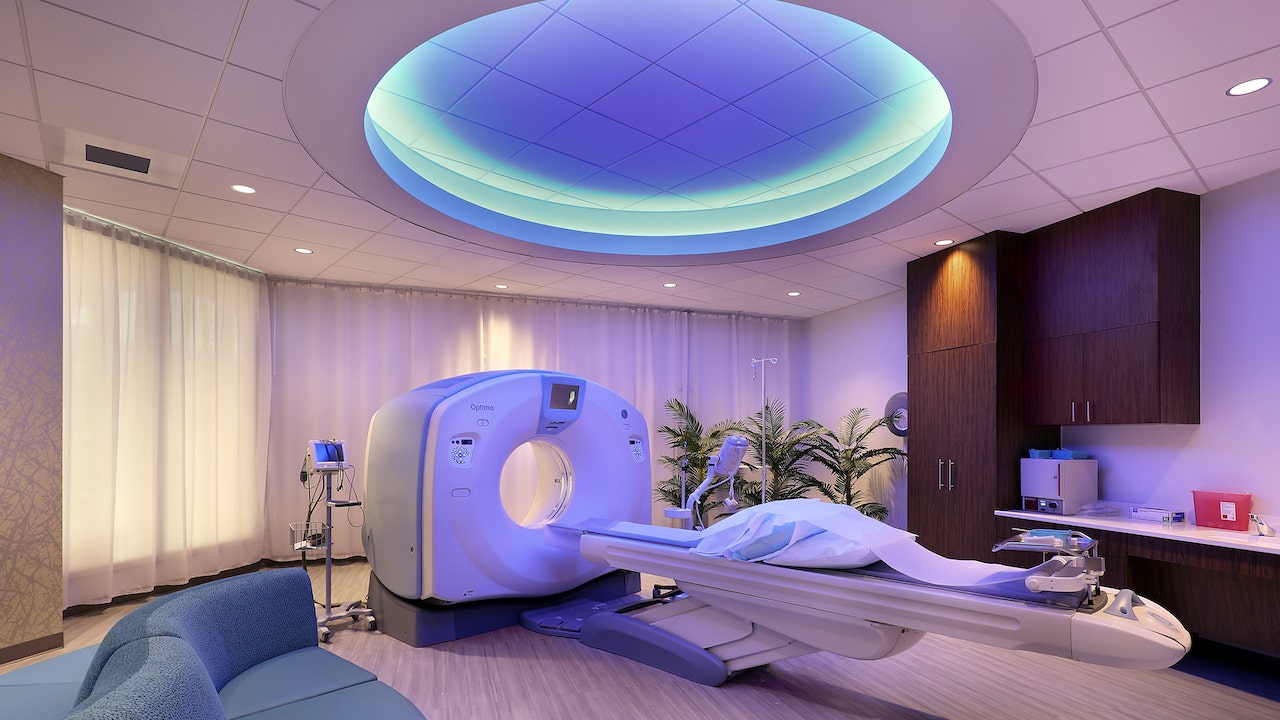
The AI artery scanner (pictured here) provides a complete picture of artery health, including the amount of plaque that has built up, the CEO told Fox News Digital. (Fountain Life)
“In medical school, we’re not taught how to keep people healthy — we’re taught to treat the symptoms,” he told Fox News Digital.
“Eighty percent of what we treat is chronic disease.”
Most diseases — including diabetes and heart issues — don’t become symptomatic until they’re in the later stages, Kapp explained.
“In medical school, we’re not taught how to keep people healthy — we’re taught to treat the symptoms.”
“People don’t develop diabetes or heart disease overnight,” he said.
“To get early-stage biomarkers, we need to train AI on asymptomatic data, so we can detect disease early and monitor progression or regression.”
Fountain Health has gathered a group of functional doctors to help them train the artificial intelligence model on asymptomatic conditions.
HEART DISEASE RISK COULD BE AFFECTED BY ONE SURPRISING FACTOR, NEW STUDY FINDS
“Sometimes the AI has a tendency to ‘hallucinate’ in medical applications, so it’s important that it’s trained on very large data sets,” Kapp said.
In addition to the heart scan, the company also offers a full-body MRI that takes a snapshot of the entire body and brain, then applies AI technology to check for cancer, neurogenerative diseases or any other abnormalities.
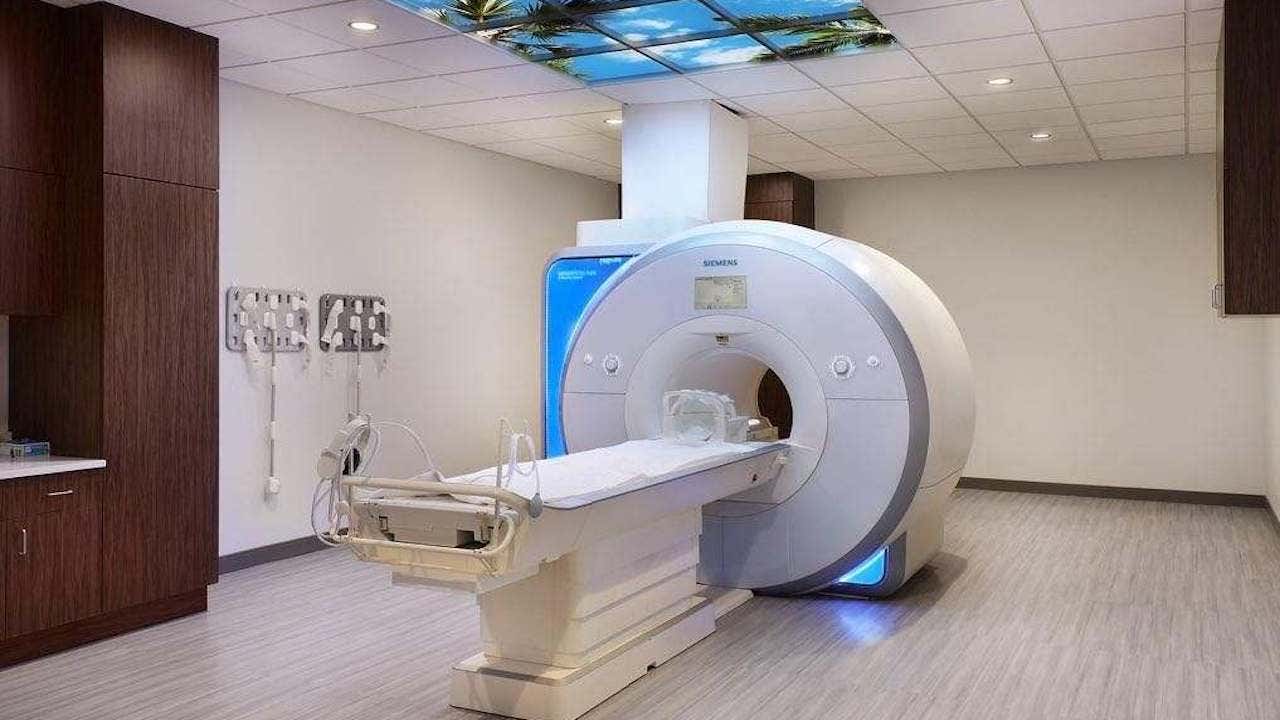
In addition to the heart scan, the company also offers a full-body MRI (pictured) that takes a snapshot of the entire body and brain, then applies AI technology to check for cancer, neurogenerative diseases or any other abnormalities. (Fountain Life)
Cardiologist Dr. Ernst von Schwarz, who practices in Culver City, California, said AI is “instrumental” in the use of body imaging techniques, especially for the early detection of plaques in the blood vessels as well as cancer diagnoses.
AI TECH AIMS TO HELP PATIENTS CATCH DISEASE EARLY, EVEN ‘REVERSE THEIR BIOLOGICAL AGE’
“From a cardiac point of view, the AI algorithm should not only demonstrate plaques that reduce the diameters of blood vessels, but also distinguish which plaque is prone to rupture (i.e., to detect unstable, vulnerable plaques),” he told Fox News Digital.
“If this technique can be sufficiently developed, it can clearly guide interventional treatment decisions for cardiologists before bad things are happening in the heart,” the doctor added.
A ‘life-saving’ breakthrough
Raman Velu, a 62-year-old real estate investment consultant, led an active lifestyle and considered himself healthy — but he had no idea that he was at risk of a heart attack until he got the AI coronary artery scan.
“I used to do half-marathons, I have a trainer and have always prioritized my health,” said Dallas, Texas-based Velu in a statement provided to Fox News Digital.
“It is life-saving, and it is a huge blessing and an unbelievable breakthrough.”
Despite his perceived good health, Velu decided to get the scan after some people in his family discovered diseases when it was too late to save their lives.
“If we can measure and figure out in advance what’s going on, we can be in control of our health,” he said.
Soon after the scan, Velu received a phone call from Fountain Life. The “shocking” news was that he had three potential blockages in his arteries.

Nearly half of all heart attacks are “silent,” which means the person experiences no symptoms at all before the cardiac event. (iStock)
After seeing his primary care physician and cardiologist, Velu ended up having bypass surgery a few weeks later.
Because Velu had no family history or symptoms, he’d never suspected that he had a heart issue.
“I was glad that we found out in advance before it became an emergency,” he said.
“Anything can happen to anybody,” Velu continued. “Even triathlon runners are sometimes rushed to the hospital for emergency heart surgery.”
HEART DISEASE, THE SILENT KILLER: STUDY SHOWS IT CAN STRIKE WITHOUT SYMPTOMS
If there’s one word Velu would use to describe the experience, he said it would be “grateful.”
He added, “It is life-saving, and it is a huge blessing and an unbelievable breakthrough in the use of technology for prevention.”
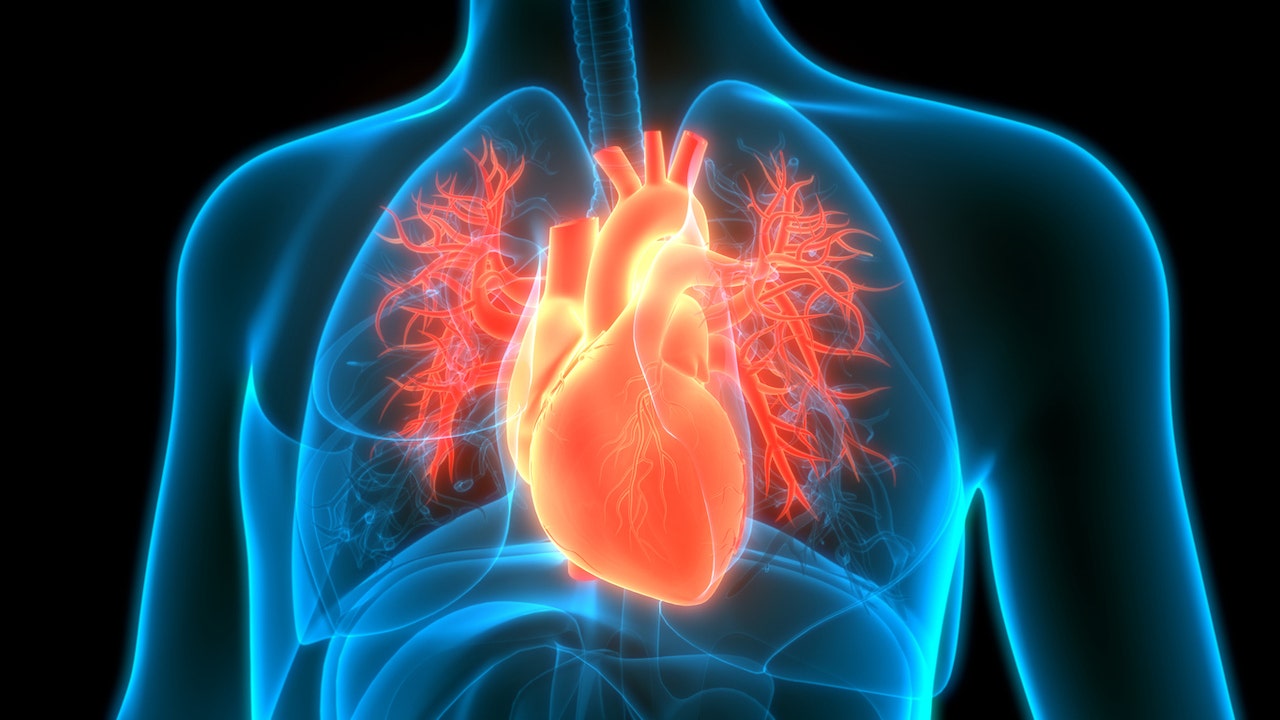
Cardiologist Dr. Ernst von Schwarz, who practices in Culver City, California, said AI is “instrumental” in the use of body imaging techniques. (iStock)
“Usually, medicine is considered an attempt to just contain the effect rather than detecting it preventatively,” he added.
Ultimately, Velu said he regards his AI scan as an investment in life.
Meant to augment, not replace, doctors
Rather than replacing cardiologists, Fountain Life’s AI technology is intended to serve as a tool to help them get better at their craft, Kapp said.
He compared it to a jumbo jet that flies on autopilot, but still needs a skilled person to monitor it.
“There still has to be a human in the loop, just as there must be a pilot in the cockpit,” he said.
AI-POWERED MENTAL HEALTH DIAGNOSTIC TOOL COULD BE THE FIRST OF ITS KIND TO PREDICT, TREAT DEPRESSION
There is a bit of a lag when it comes to understanding and adopting AI in health care, Kapp said — something known as the “clinical latency gap.”
“Most physicians are unaware of the technology,” he said. “We’re generally slow at adopting new tech and new info in medicine.”
“Ultimately, we want to lower costs and improve outcomes so people can live long, robust, healthy lives.”
A lot of that has to do with payment models, Kapp said. If insurance or Medicare doesn’t cover a service, it will be more of a challenge to bring it into the mainstream.
The risk of the AI artery scan is minimal, Kapp said.
“It involves only low-dose radiation, the same amount as on a transatlantic flight,” he said.
CLICK HERE TO SIGN UP FOR OUR HEALTH NEWSLETTER
People who have kidney issues should avoid the scans, as they might not be able to tolerate the dye injection.
It’s also not advised for those who have already had stents placed in the heart after a previous cardiac event.
“Ultimately, we want to lower costs and improve outcomes so people can live long, robust, healthy lives,” Kapp said.
“The tech exists to detect problems very early and start to reverse them at a very low cost.”
“We are never going to fix the existing health problems unless we address them at the root cause.”

Health
How Much Weight Can You Safely Lose in a Month? Here’s What Doctors Say

Use left and right arrow keys to navigate between menu items.
Use escape to exit the menu.
Sign Up
Create a free account to access exclusive content, play games, solve puzzles, test your pop-culture knowledge and receive special offers.
Already have an account? Login
Health
Zone 2 training: The trending workout that burns fat without intense exercise

An exercise that takes a more mild approach while offering all the fat-burning benefits of a more grueling workout might sound too good to be true.
But some claim that the trending “Zone 2” training, commonly known as the “fat-burning zone,” offers just that.
What is this form of exercise — and can it work for anyone?
STUDY REVEALS EXERCISING EVERY DAY MAY NOT BE NECESSARY: ‘BETTER THAN NONE’
“Zone training is generally defined by someone’s proximity to their maximum heart rate,” Carmine Ciliento, a fitness manager at Crunch Fitness in New York, told Fox News Digital.
The zone-based training method measures how hard the body is working and how it’s using energy.
Zone training is based on the exerciser’s proximity to their maximum heart rate. (iStock)
Different zones burn different compounds in the body, according to Ciliento.
“Zone 2 is working out at about 60% to 70% of someone’s maximum heart rate,” he said.
STAY FIT IN YOUR 40S AND BEYOND WITH THESE SMART WORKOUT TIPS
The most common way to determine heart rate is to subtract a person’s age from 220. This means a 55-year-old would have an approximate maximum heart rate of 220 – 55 = 165 bpm.
Wearable heart rate monitors and sports watches can be used to track heart rate while working out, and many cardiovascular fitness machines also calculate it.
Benefits of Zone 2 training
When someone is working out, their heart rate zone indicates their level of exertion and what they’re utilizing for energy, according to exercise physiologist Chris Travers via Cleveland Clinic.
JILLIAN MICHAELS REVEALS SIMPLE WORKOUT TO EXTEND YOUR LIFESPAN ‘UP TO 7 YEARS’
The higher the heart rate gets, the more carbohydrates and protein the body burns for energy, and the less it relies on fat for fuel.
While exercising in Zone 2, roughly 65% of the calories burned are from fat, according to Cleveland Clinic.

While exercising in Zone 2, roughly 65% of the calories burned come from fat. (iStock)
“Zone 2 is especially valuable because it allows you to add cardio volume to your training without overstressing your body,” Ciliento told Fox News Digital.
“For people just starting out, anything above Zone 2 may be too intense, so a lot of their work will most likely need to begin in this zone.”

“Zone 2 is especially valuable because it allows you to add cardio volume to your training without overstressing your body,” an expert said. (iStock)
Athletes and those who are already into fitness may not reap as many benefits from Zone 2 as those who are just starting out.
Ciliento, who is an endurance athlete, said he sees Zone 2 as a great tool for recovery efforts.
Getting to Zone 2
Cleveland Clinic defines Zones 1, 2 and 3 as moderate-intensity aerobic activity.
In Zone 2, you should be able to hold a “light conversation,” but may need to take a break from talking to take a breath now and then, according to Cleveland Clinic.
CLICK HERE TO SIGN UP FOR OUR HEALTH NEWSLETTER
This is sometimes referred to as the “talk test.”
When in Zone 2, Travers told Cleveland Clinic, “You’re in a moderately easy zone. Not everyone should stress about the numbers, especially if that becomes a barrier to enjoying exercise.”

In Zone 2, you should be able to hold a “light conversation,” but may need to take a break from talking to take a breath now and then, according to Cleveland Clinic. (iStock)
For most people, a brisk walk will get them into Zone 2, Ciliento noted.
For more Health articles, visit www.foxnews.com/health
Other moderate-intensity aerobic exercises include biking, swimming or even mowing the lawn, according to Mayo Clinic.
Health
See the Weight Loss Apps That Helped One Woman Lose 118 Pounds

Use left and right arrow keys to navigate between menu items.
Use escape to exit the menu.
Sign Up
Create a free account to access exclusive content, play games, solve puzzles, test your pop-culture knowledge and receive special offers.
Already have an account? Login
-

 World1 week ago
World1 week agoSevere storms kill at least 21 across US Midwest and South
-

 News1 week ago
News1 week agoMaps: 3.8-Magnitude Earthquake Strikes Southern California
-

 News1 week ago
News1 week agoWatch: Chaos as Mexican Navy ship collides with Brooklyn Bridge, sailors seen dangling – Times of India
-
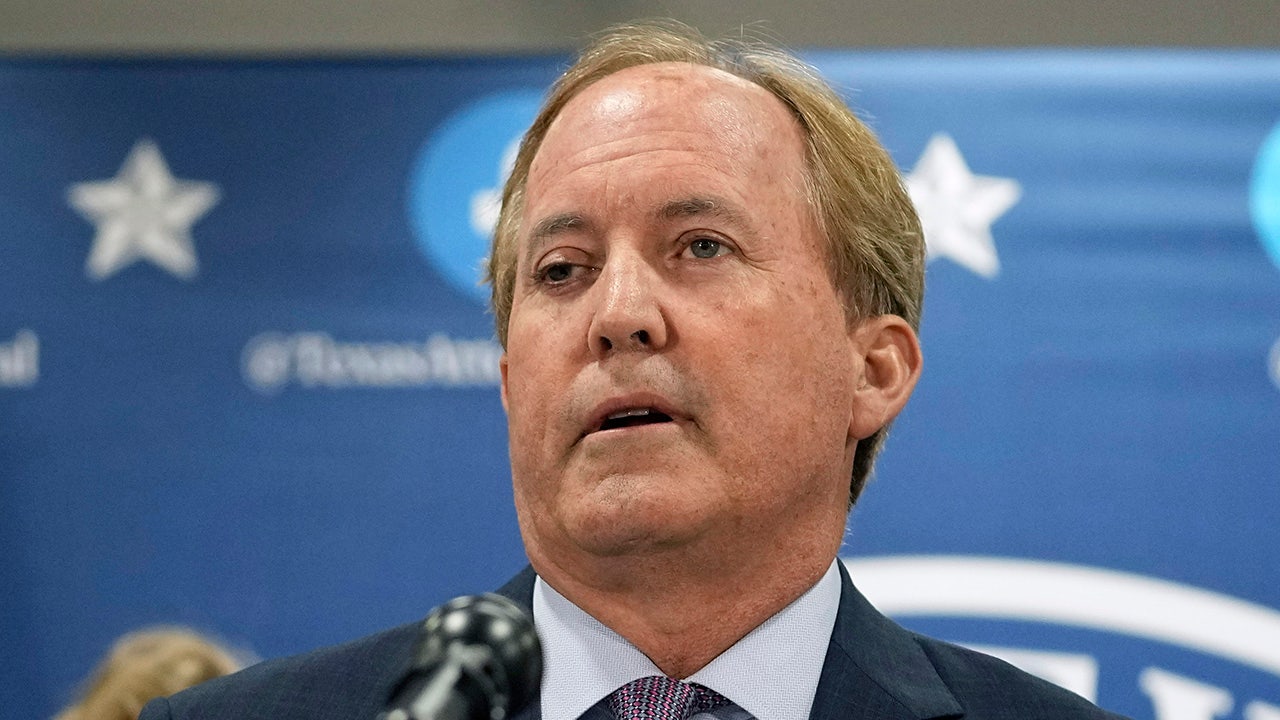
 Politics1 week ago
Politics1 week agoTexas AG Ken Paxton sued over new rule to rein in 'rogue' DAs by allowing him access to their case records
-

 World1 week ago
World1 week agoPortuguese PM’s party set to win general election, fall short of majority
-

 Politics1 week ago
Politics1 week agoAfghan Christian pastor pleads with Trump, warns of Taliban revenge after admin revokes refugee protections
-

 Politics1 week ago
Politics1 week agoTrump, alongside first lady, to sign bill criminalizing revenge porn and AI deepfakes
-

 News1 week ago
News1 week agoVideo: One Person Dead in Explosion Outside Palm Springs Fertility Clinic

